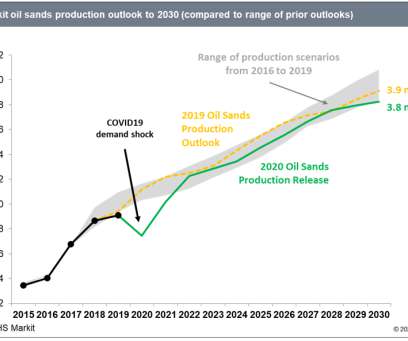IHS Markit: Canadian oil sands production exceeds pre-pandemic levels, but lower than prior projections
Green Car Congress
JUNE 24, 2021
Canadian oil sands production has fully recovered from last year’s “COVID-19 Shock”—the largest contraction of upstream production in Canadian history—and has exceeded pre-pandemic levels. The latest forecast by the IHS Markit Oil Sands Dialogue expects Canadian oil sands production to reach 3.6




































Let's personalize your content